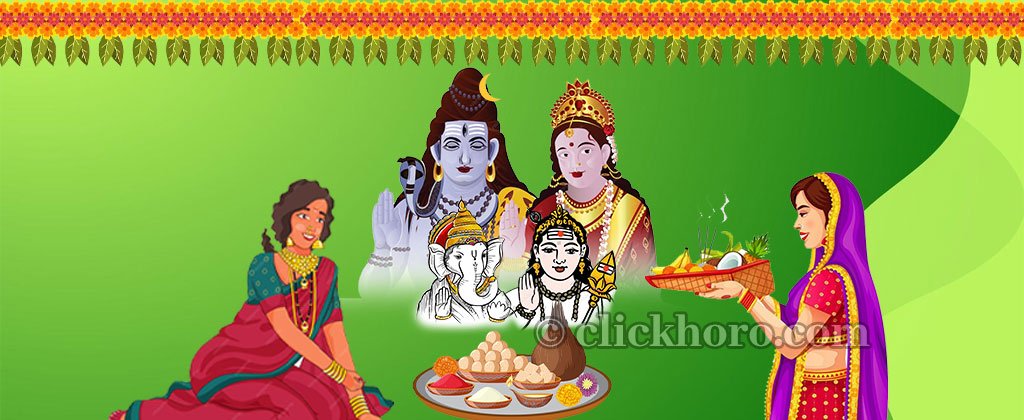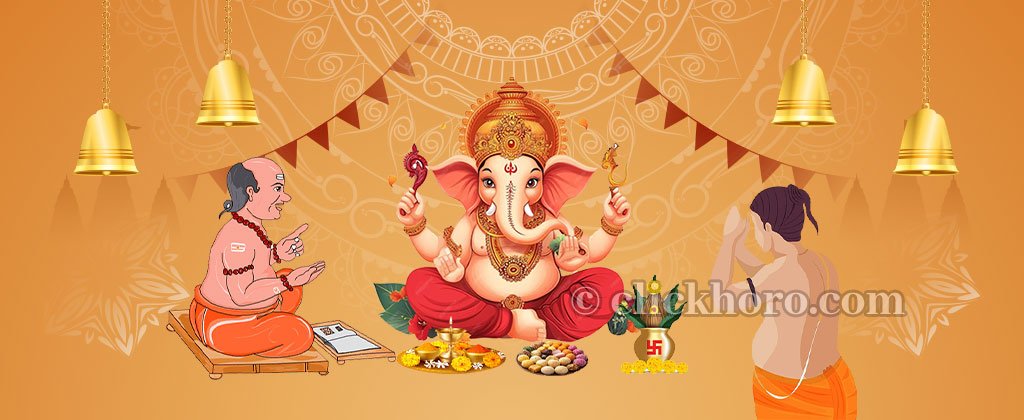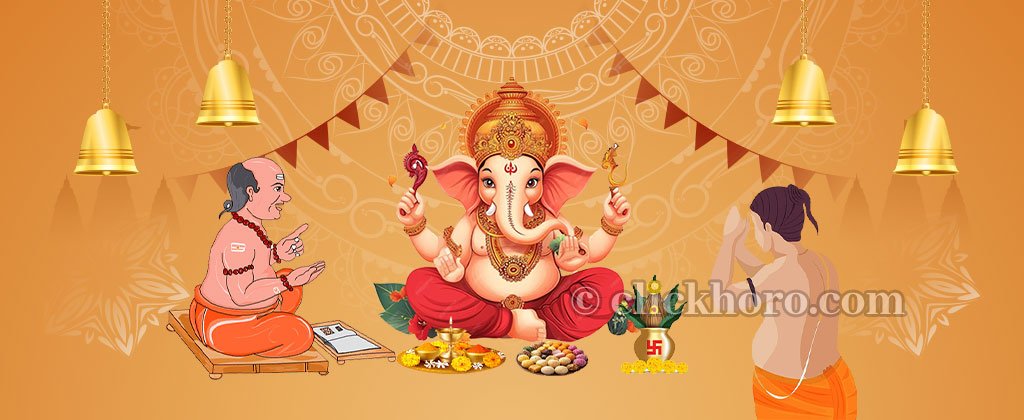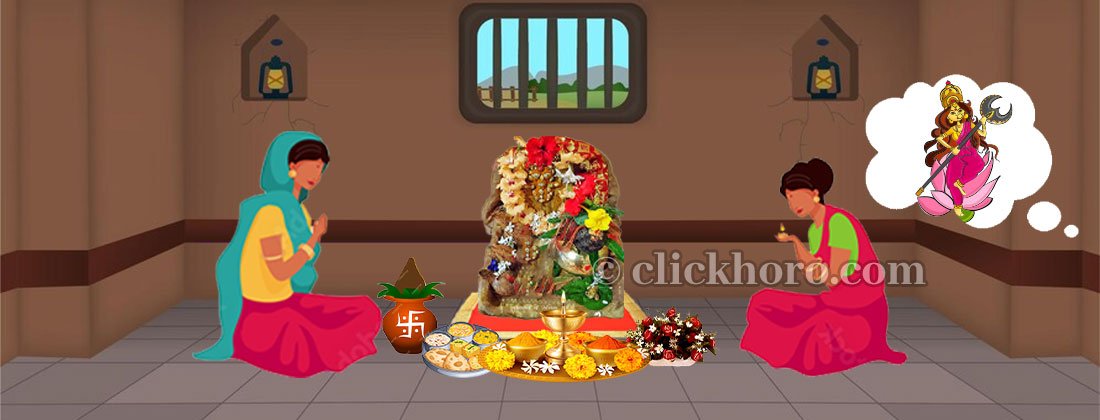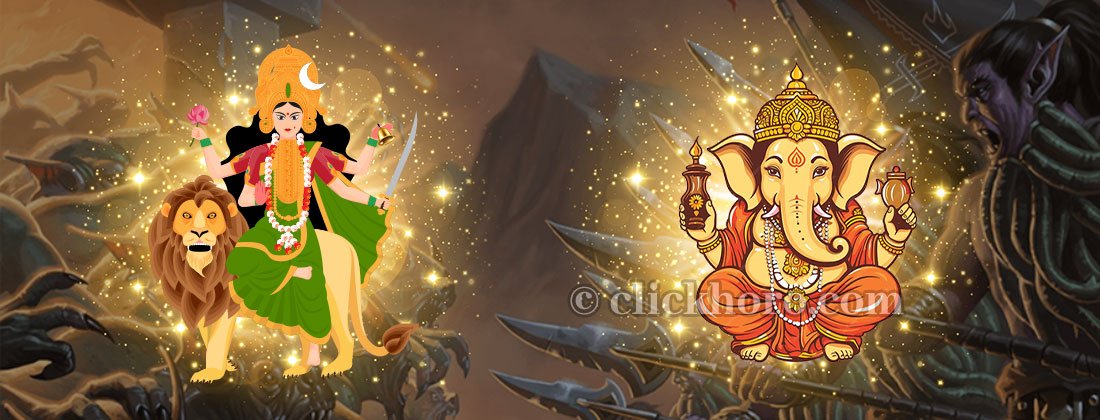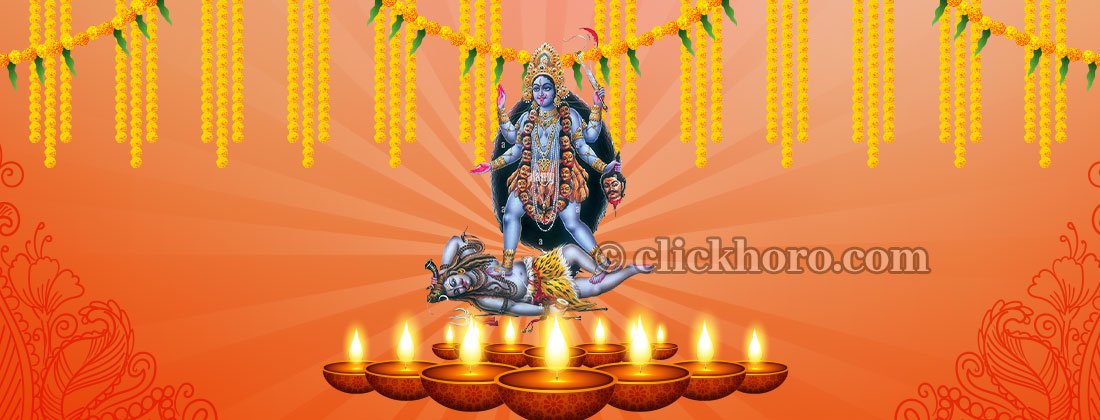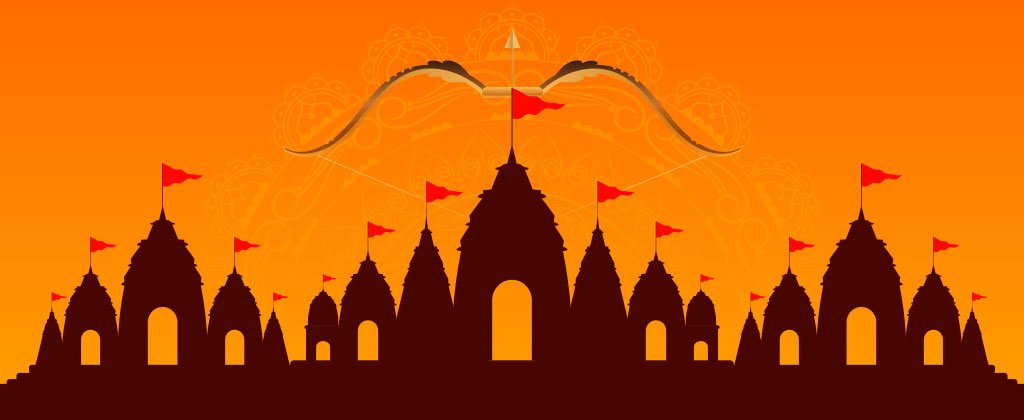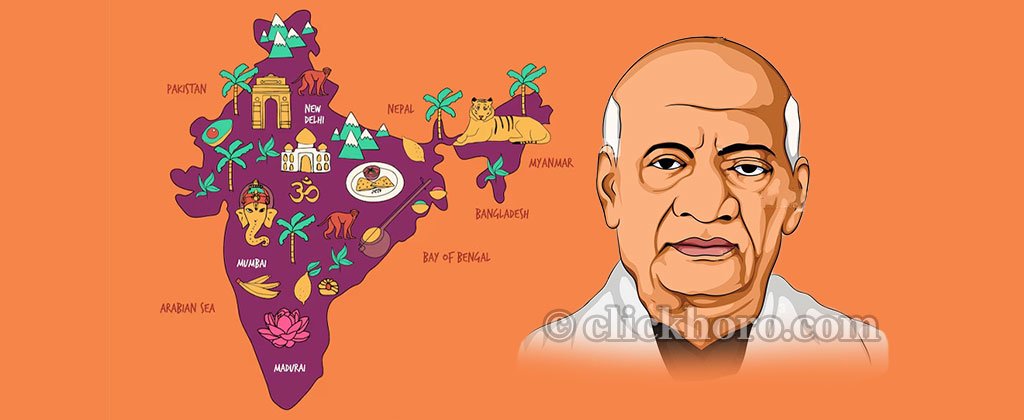Gaja Lakshmi Puja
06 Oct, 2025
Monday

Gaja Lakshmi Puja on 06-10-2025
Tithi Begin Time:
Uttara Bhadrapada: Oct 06 06:16 AM – Oct 07 04:01 AM
Tithi End Time:
Revati Nakshatra: Oct 07 04:01 AM – Oct 08 01:28 AM
Muhurat Start Time:
Shukla Paksha Chaturdashi: Oct 05 03:04 PM – Oct 06 12:24 PM
Muhurat End Time:
Shukla Paksha Purnima: Oct 06 12:24 PM – Oct 07 09:17 AM
About Gaja Lakshmi Puja 2025
When is Gajalakshmi Puja(गजलक्ष्मी पूजा)
The name of Ashwin Month Purnima is Sharad Purnima. In Odisha, it is known as Kumara Purnima. This festival is a very important festival in Odisha after Dusshera Festival. There are 12 Purnimas in a year, however one Purnima come in every month. among these, Sharad Purnima seems to be very special. On this day, the Moon comes closer to the Earth during transit, that is why the day of Sharad Purnima looks bigger than other Purnima and the light is also very high. It is said that Goddess Lakshmi travels in the earth on the day of Sharad Purnima and that from Sharad Purnima till Diwali, while roaming on the earth it seems as if she resides there.ओडिशा में प्रसिद्ध गजलक्ष्मी पूजा.
Why Gajalakshmi Puja Done on Sharad Purnima?
In astrology, Moon and Venus are considered to be goddess Lakshmi. Because both these planets are wealth and prosperity giving planets. Moon is the unlimited wealth giver. Gaja Lakshmi Puja starts on the day of Sharad Purnima. Gaja Lakshmi Puja is very famous in Dhenkanal, a city in Odisha. Puja pandals are set up everywhere, around 150 pandals are set up in Dhenkanal, and crores of rupees are spent in this puja like pandal decoration, light, music, with full of entertainment for the public. People come door to door to see the puja. Gaja Lakshmi Puja is also celebrated in some small and big cities of Odisha like Bhubaneshwar, Rourkela, Berhampur and so on.
Baibhav Lakshmi Puja
Gaja Lakshmi is also called Baibhav Lakshmi, Kojagari Lakshmi. Baibhav means wealth & money. As per Vedas, Goddess Lakshmi is said to be the presiding deity of wealth. It is coming immediately just after Durga Puja.
Where Kojagari Lakshmi Puja Celebrates
Similarly, there is Kojagari Lakshmi Puja is one of the most important festivals celebrated in the eastern part of India, West Bengal, and Assam. On this day devotees worship Goddess Lakshmi and this worship takes place on the full moon day of Ashwin month.
It is believed that on the day of Kojagari Lakshmi Puja, Goddess Lakshmi revolves around the earth and relieves her devotees from their troubles and fulfil their wishes. Those who stay awake and sit in the moon night openly of Sharad Purnima are blessed with health and wealth.
Kojagari Lakshmi Puja is more famous as Sharad Purnima in other parts of India. While in eastern India Goddess Lakshmi is worshiped on this day, most people in other parts worship the goddess on Amavasya Tithi during Diwali.
Rituals of Gajalakshmi Puja
Gajalakshmi Puja is an important Hindu festival dedicated to Goddess Lakshmi, especially in the state of Odisha and parts of eastern India. It is usually celebrated with devotion on the full moon day of the month of Ashwin in September or October month as per English calendar. Goddess Gaja Lakshmi is one of the eight forms of Goddess Lakshmi called Ashta Lakshmi and represents wealth, prosperity. The term “Gaja” means Elephant, here, the two elephants are do coronation or “Abhishek” in water of Goddess Lakshmi from both sides. That’s why her name called as Gaja Lakshmi.
During Gajalakshmi Puja, devotees worship the goddess for prosperity and well-being. Houses, temples and public places are beautifully decorated with lights and flower decorations. Sweets, fruits, and other delicacies are offered to Goddess Gaja Lakshmi and the rituals include chanting of mantras, singing of bhajans and aarti.
This festival holds special significance in Odisha, where people celebrate it in individual homes and at the community level. The festival is also associated with a harvest festival, symbolizing gratitude for abundance and a wish for continued prosperity in the coming year.






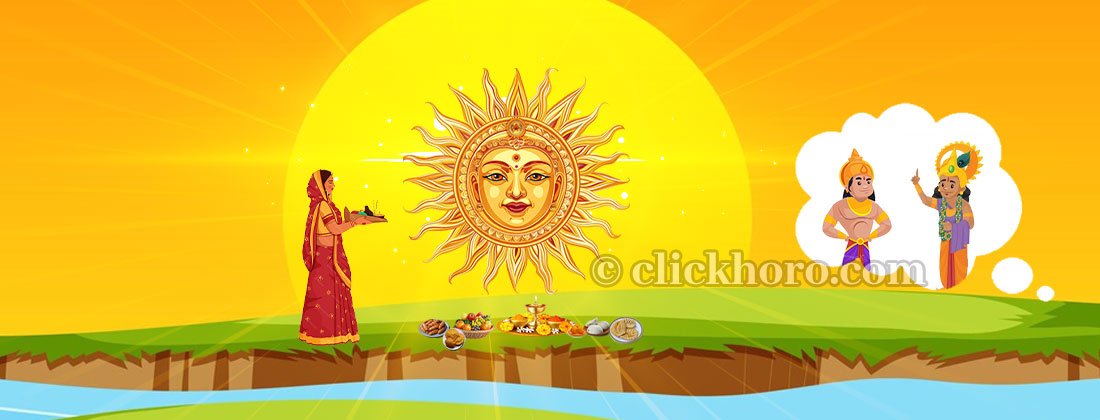





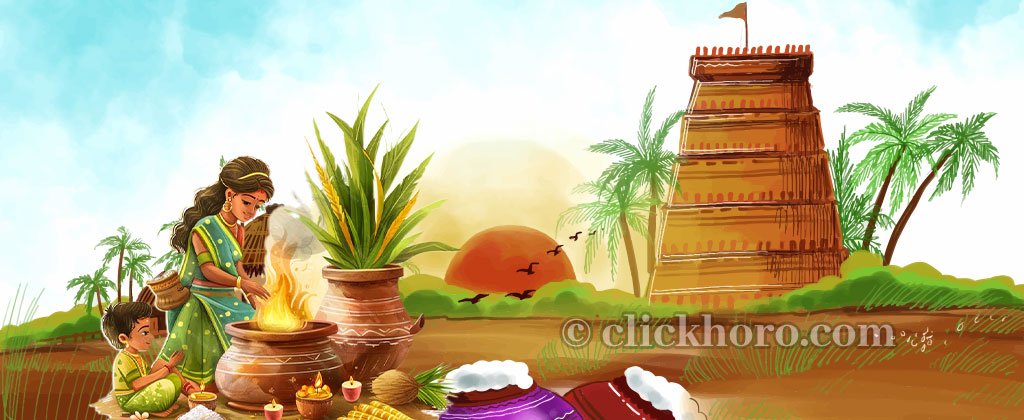



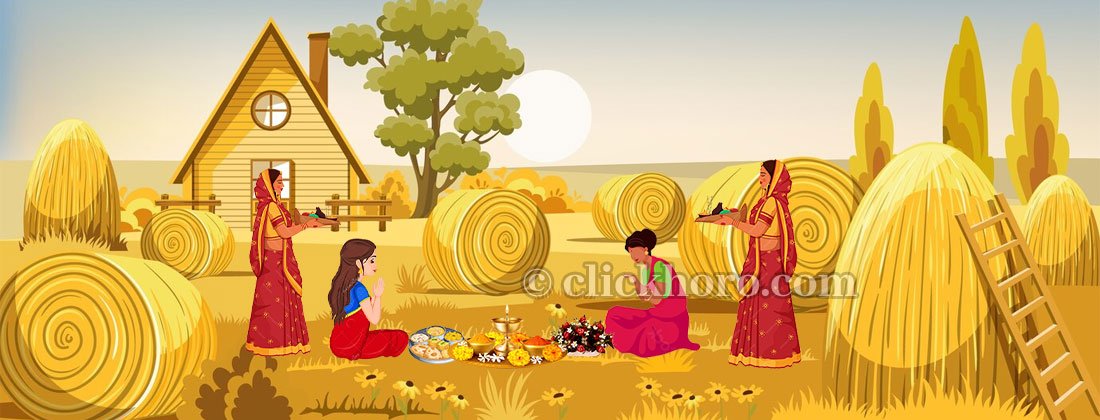
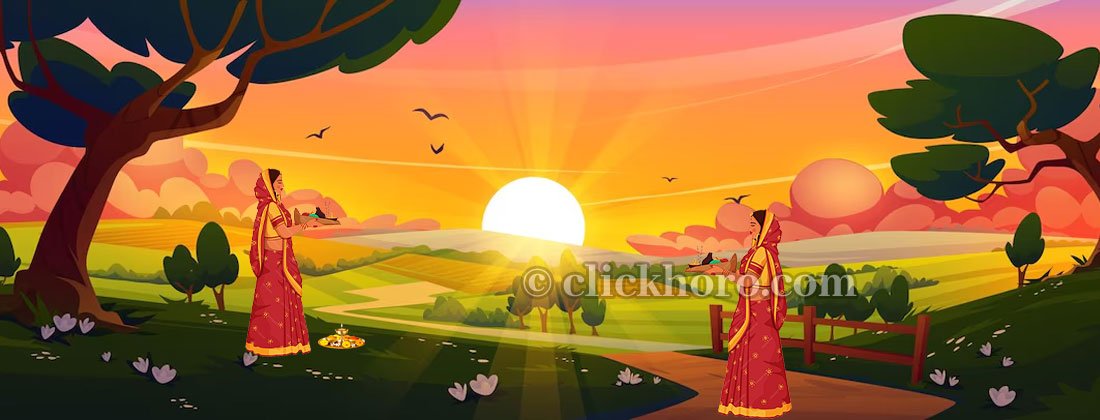
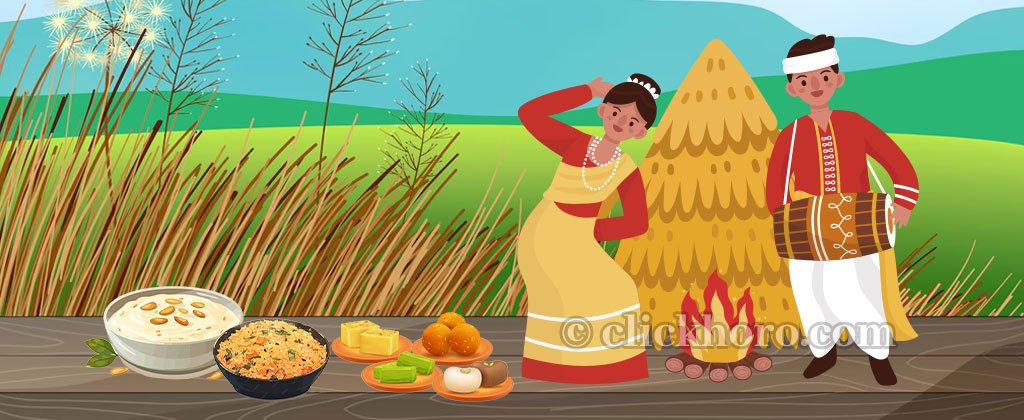


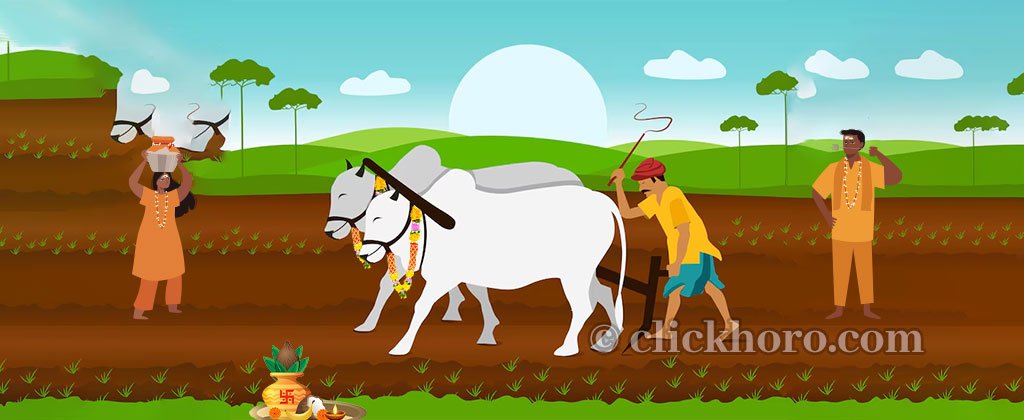

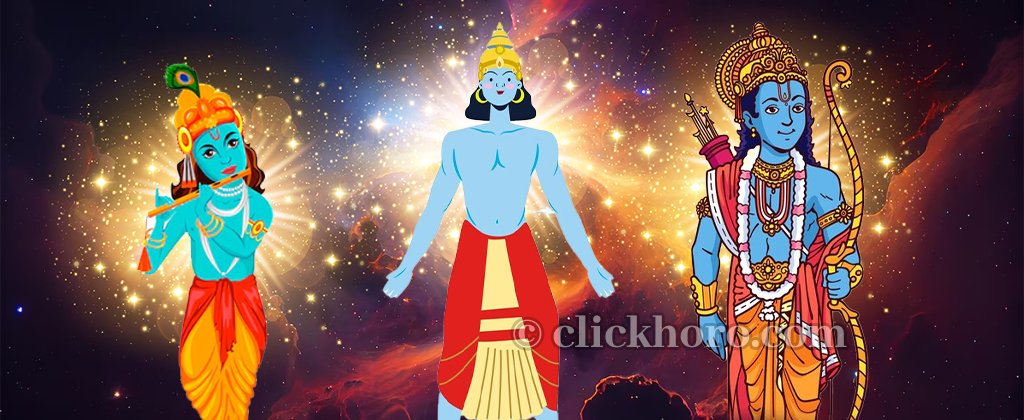






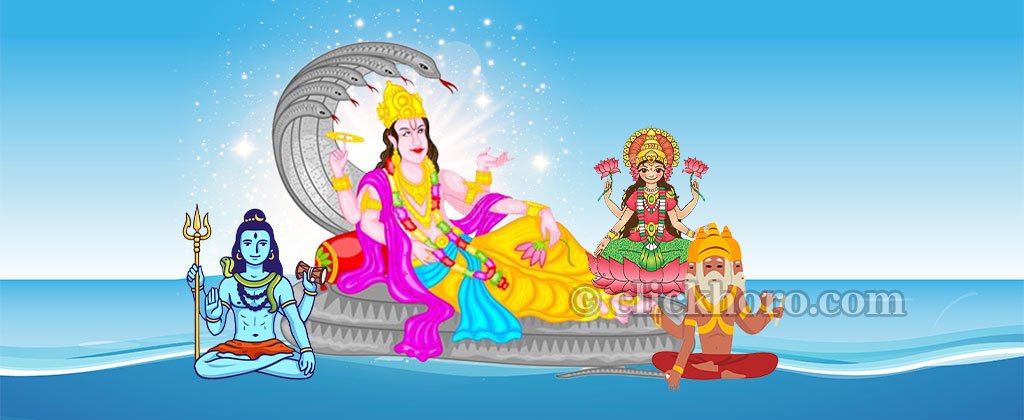







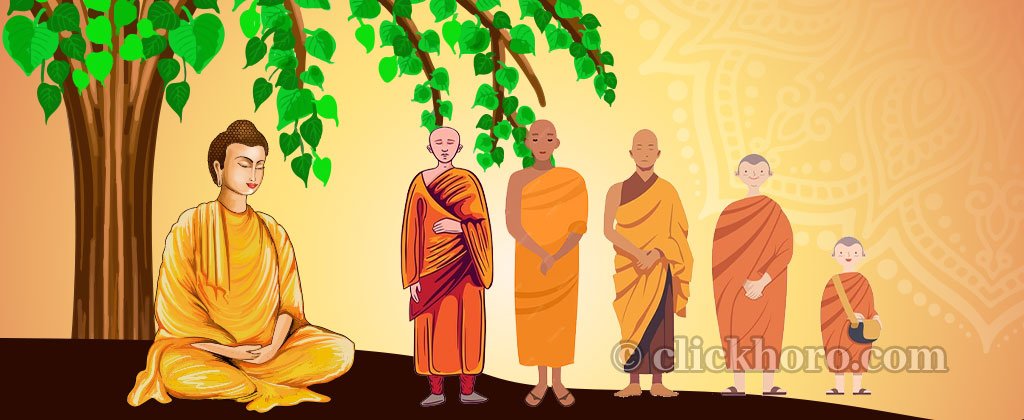






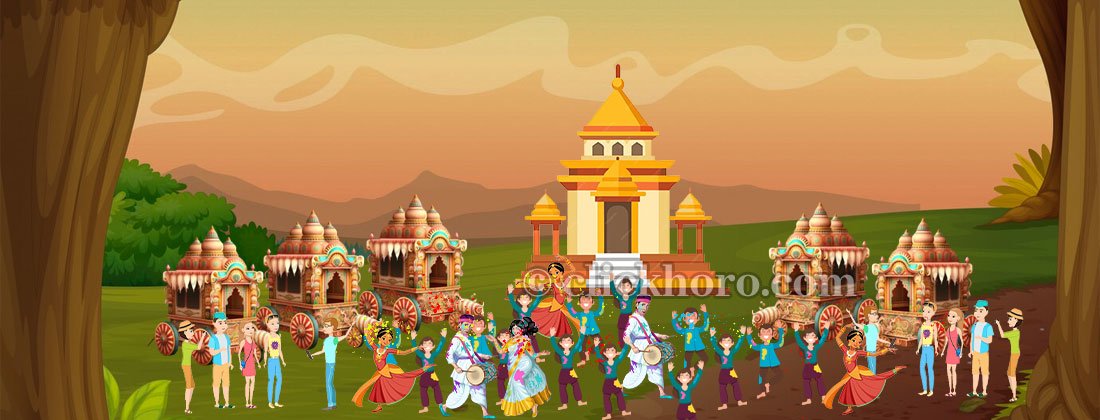
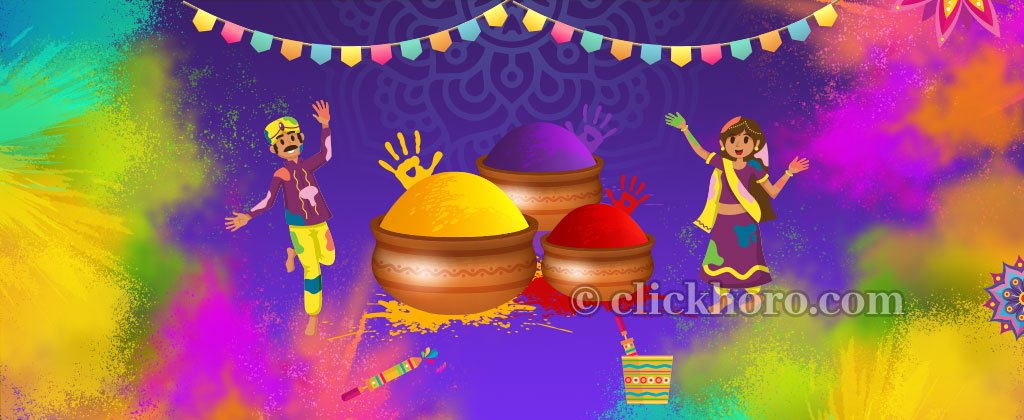












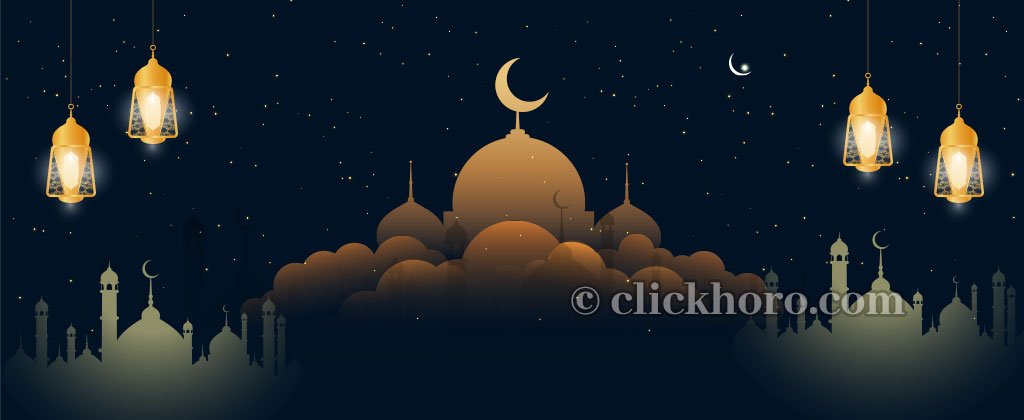

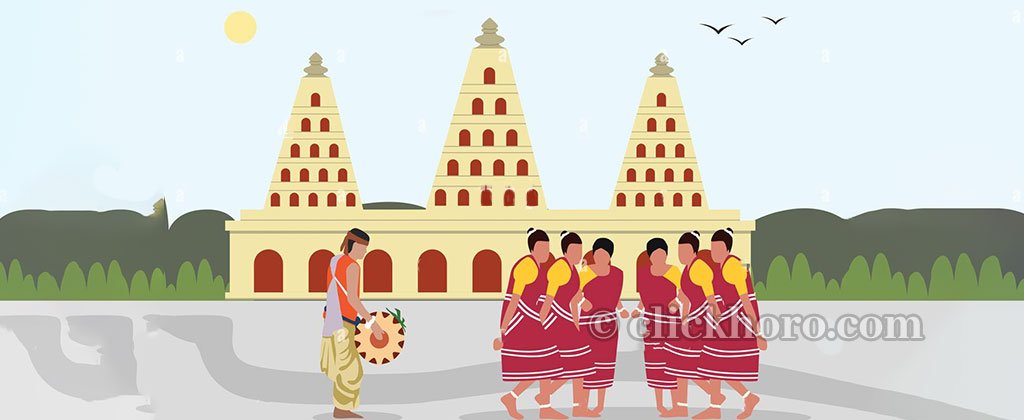








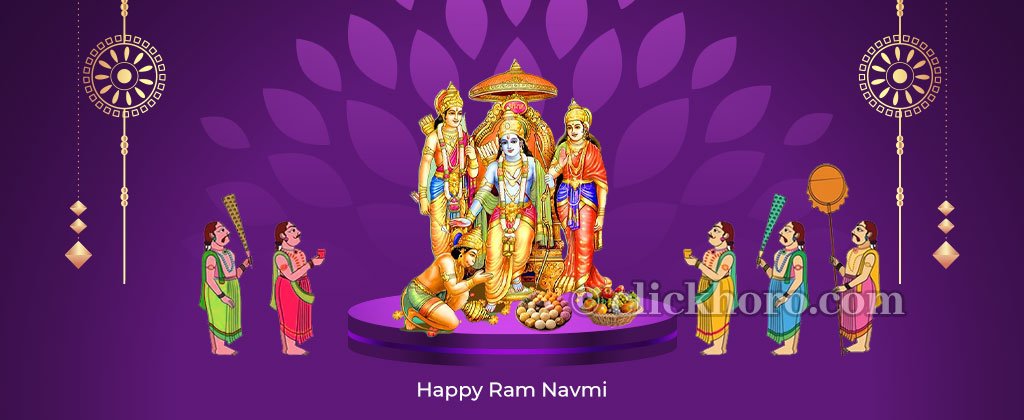
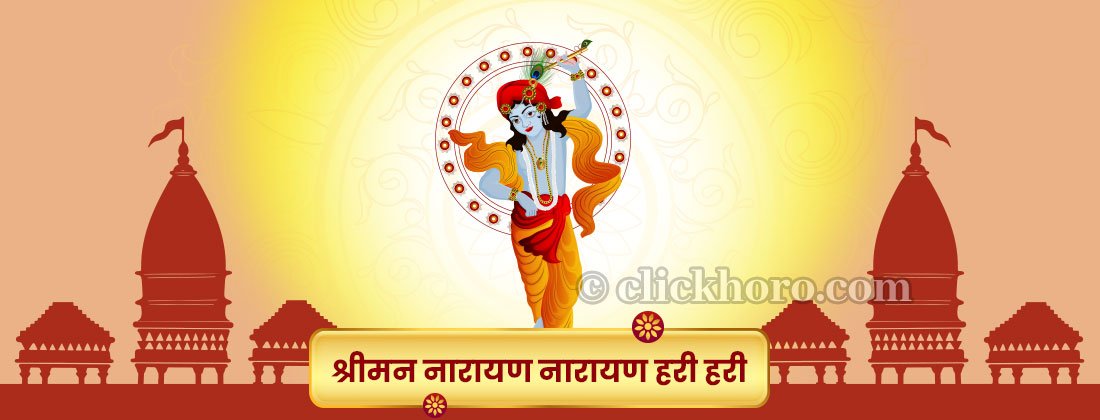


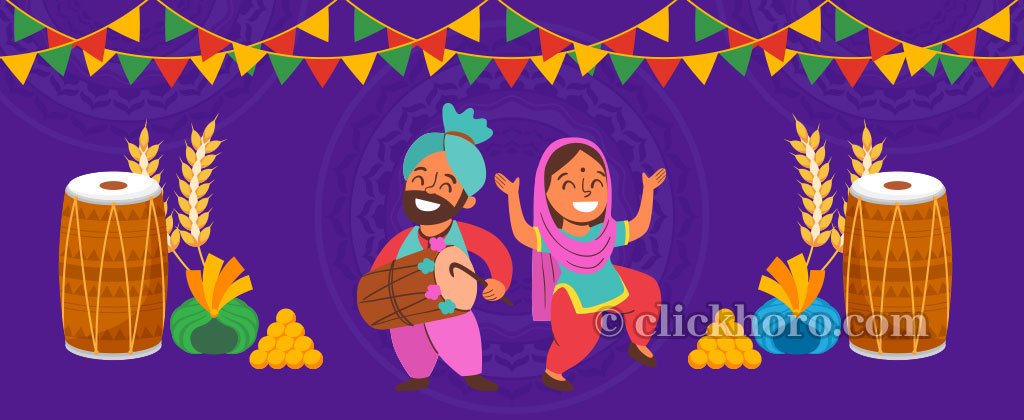





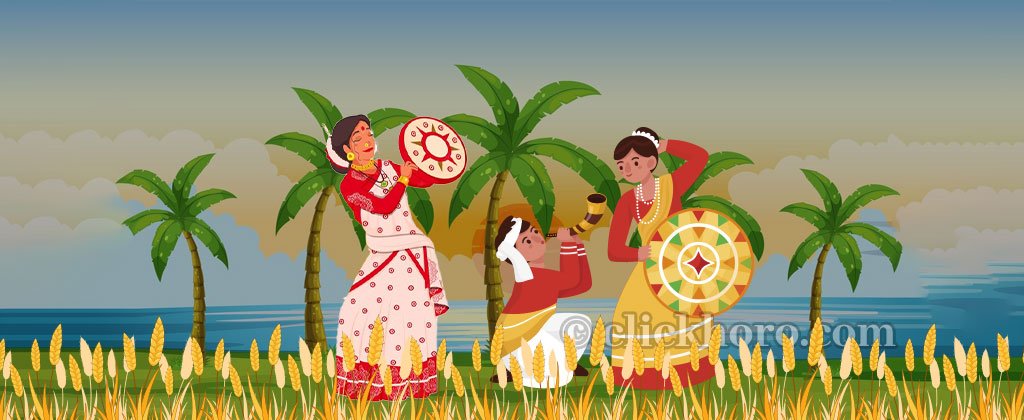


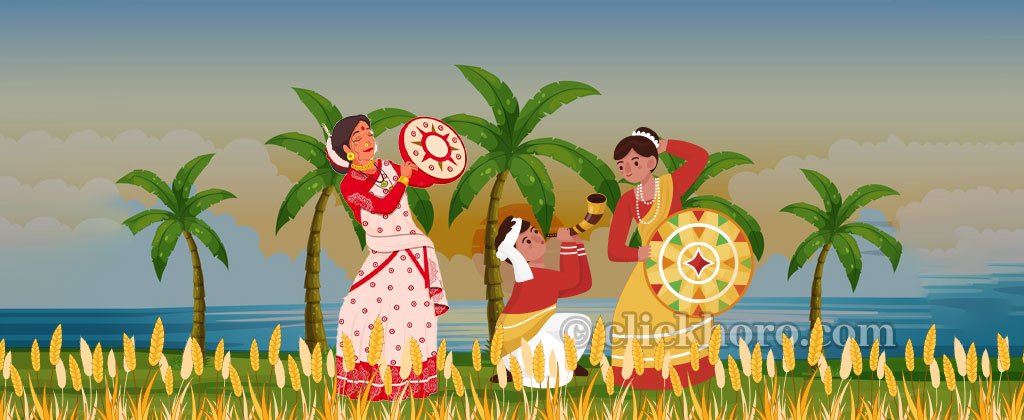














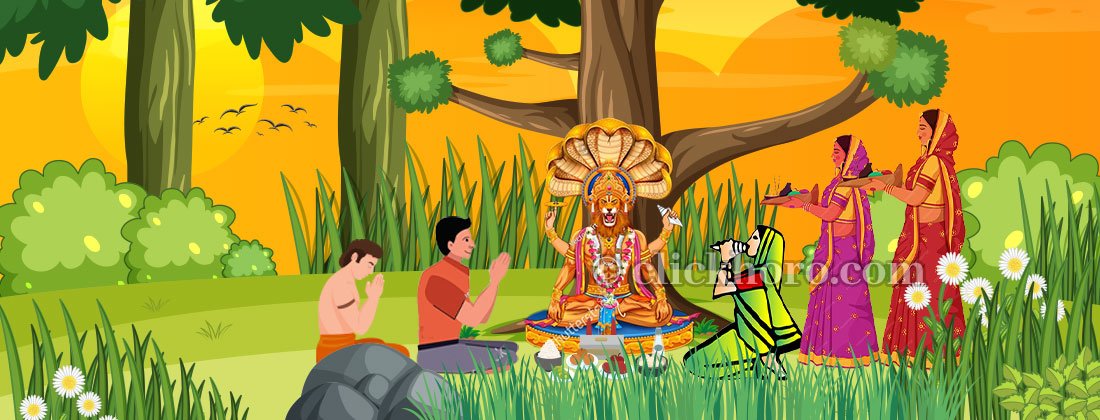





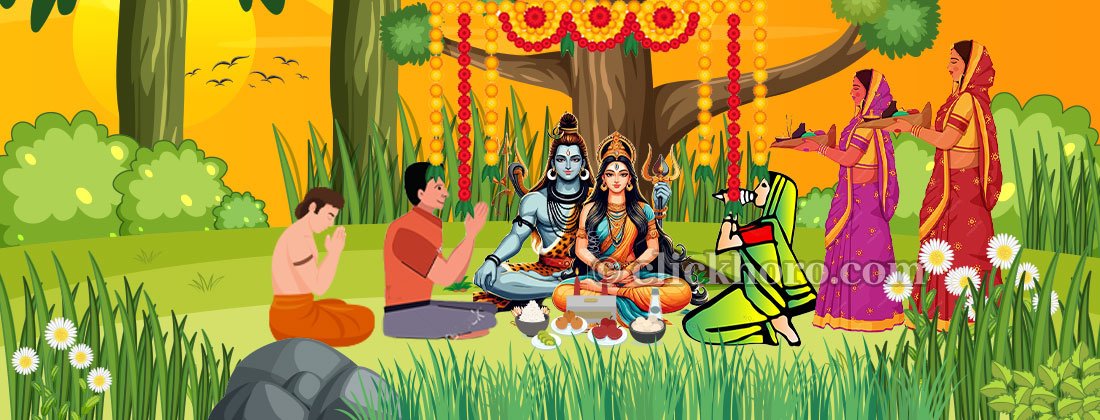

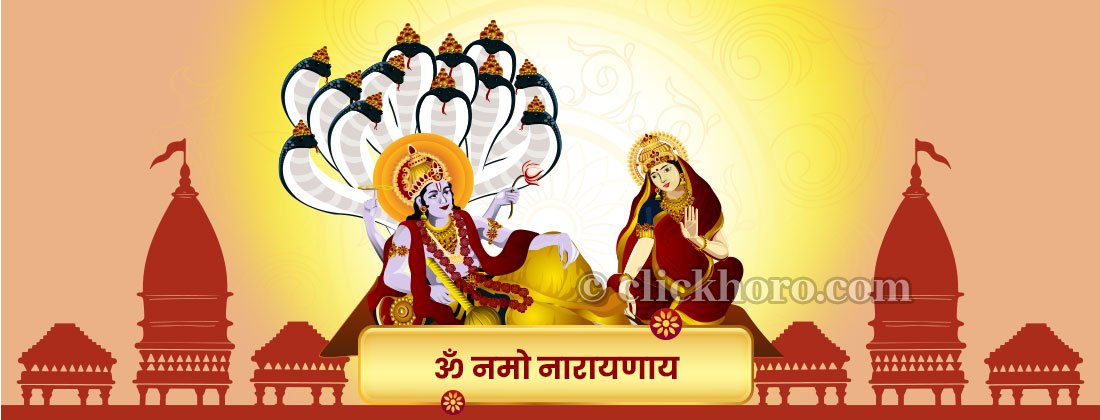

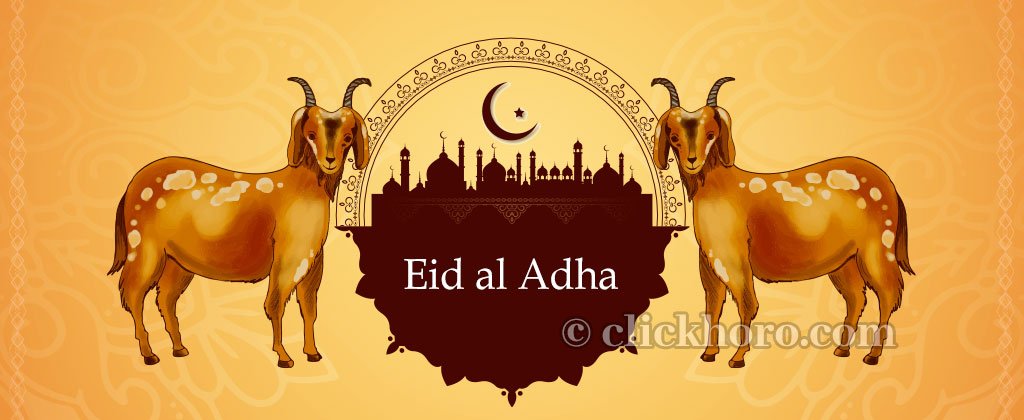
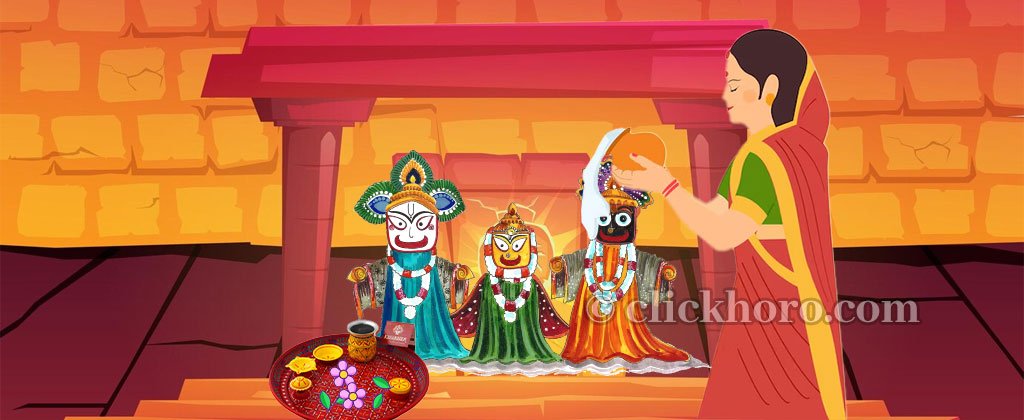








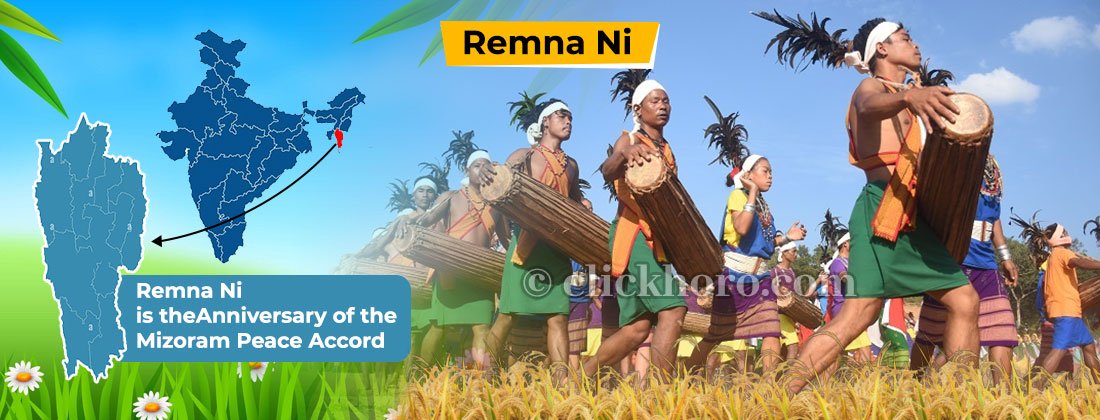













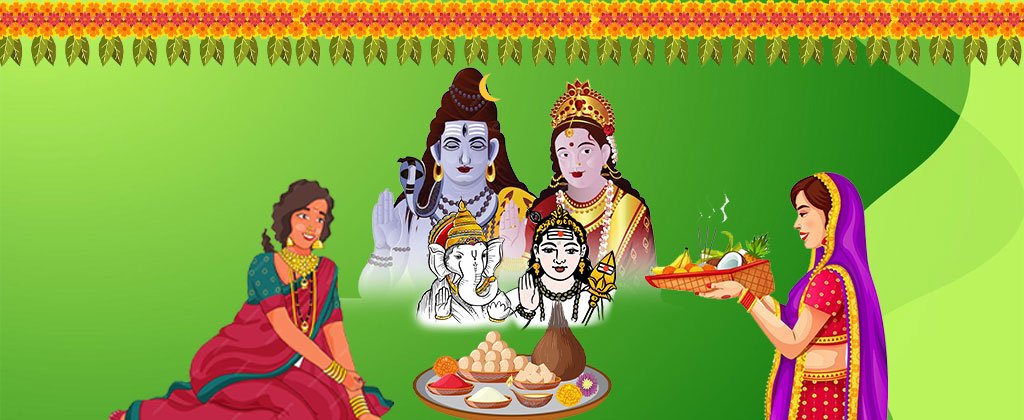













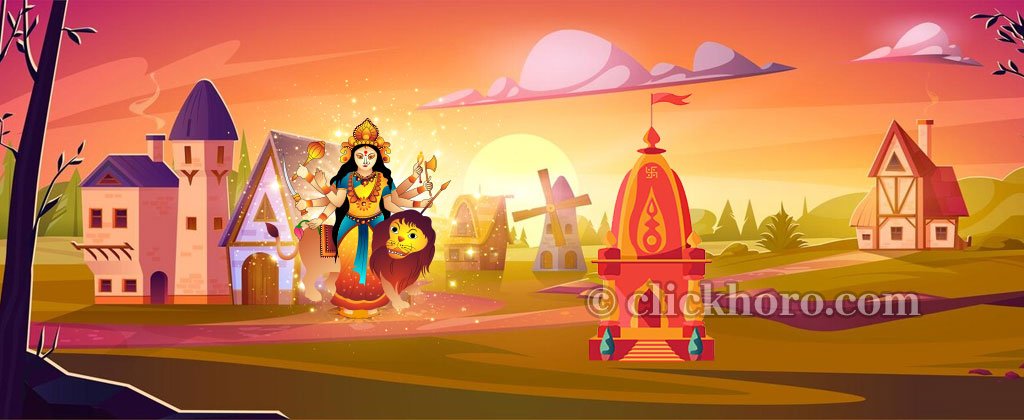
.jpg)
